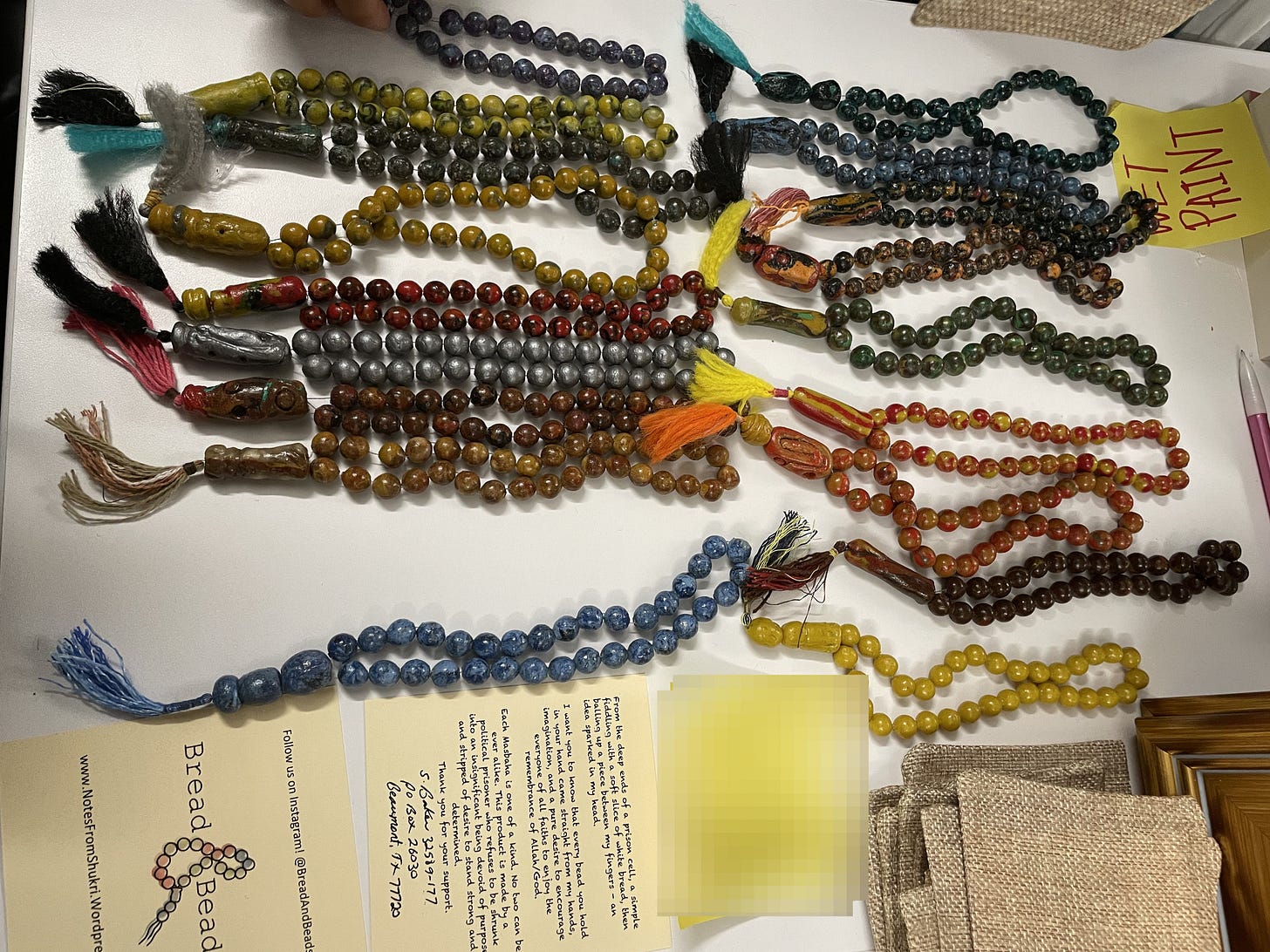9/11, the Holy Land Five, and the Children We’re Raising in Its Aftermath
Dressing My Daughter for 9/11 Remembrance Day and Remembering the Holy Land Five
I opened my daughter’s dresser drawer this morning and stared at her clothes. The school had instructed us to dress the kids in red, white or blue in honor of 9/11. My daughter hated red and blue—she is a pinks, purples, yellows kind of kindergartener.
I stood at her closet longer than I should have, fingers brushing against dresses, leggings, tiny sweaters. Blue, red, white—the colors felt heavier than fabric. I thought about my own first September 11th memorial year in 2002—the year I turned 18 and started college. How those same colors bled across TV screens, lapel pins, and bumper stickers, announcing a new America. I was trying to make sense of who I was as a Bangladeshi Muslim American woman at a time when people like me were suddenly suspect.
Back then, the flags multiplied overnight—waving from car windows, taped to deli counters, stitched onto backpacks. They weren’t symbols of comfort; they were warnings. I remember lowering my eyes in subway cars, memorizing my father’s advice: Keep your head down. Don’t attract attention.
That was the lesson of the Patriot Act, passed just weeks after the attacks: surveillance first, rights later. It gave law enforcement sweeping powers to monitor phones, computers, bank accounts, mosques. Entire communities—Muslims, Arabs, South Asians—became test subjects for a security state that treated faith and ethnicity as evidence. “Material support for terrorism” charges ballooned, allowing prosecutors to argue that even humanitarian aid could be criminal if it touched the wrong hands abroad.
This new legal framework quickly found its targets, and no case illustrated this shift more than the trial of the Holy Land Five.
The Holy Land Foundation, based in Texas, had been the largest Muslim charity in the United States. It raised millions of dollars each year, primarily to support Palestinians living under occupation: food baskets, school supplies, medical care. In December 2001, President George W. Bush announced the charity’s closure calling it a front for Hamas. The government froze its assets, raided offices, and indicted its leaders—Shukri Abu Baker, Ghassan Elashi, Mufid Abdulqader, Abdulrahman Odeh, and Mohammad El-Mezain.
The first trial in 2007 ended in a mistrial. A jury failed to reach a verdict on most of the charges, and one defendant was acquitted of most of his counts. But the Bush administration retried the case a year later. This time, prosecutors leaned heavily on secret evidence and an anonymous Israeli intelligence agent who testified under a pseudonym. Money sent to local Palestinian zakat committees—essentially community aid groups—was reframed as indirect support for Hamas.
The men were convicted and handed sentences ranging from 15 to 65 years. Human Rights Watch, Amnesty International, and even some former Justice Department officials condemned the case as politically motivated and reliant on Islamophobic fear rather than evidence. The U.S. Supreme Court declined to hear their appeals.
The defendants in the Holy Land Foundation (HLF) case were never accused of directly funding terrorist organizations or terrorist attacks, nor were the Palestinian charities they funded accused of doing so. Nonetheless, they were prosecuted under US “material support” legislation on the notion that the social programs they financed help win the “hearts and minds” of Palestinian people for Hamas.[2]
The U.S. government's case was based in part on evidence obtained through FISA wiretaps as well as evidence obtained via questionable foreign intelligence from Israel, faulty translations, and accusations by anonymous Israeli military witnesses who claimed that charities receiving funding from the HLF – and from the U.S. government itself – were involved in “terrorism.”[3]
I met activist Nida Abu Baker, the daughter of Shukri Abu Baker, the former CEO of the Holy Land Foundation in Chicago last year. Nida became an activist as a teenager and has been fighting for her father’s freedom for nearly twenty years. She told me about growing up under the weight of her father’s incarceration. She described how her family has lived with the stigma of a terrorism conviction, despite the flimsiness of the government’s case. “We were made into an example,” she said. “They wanted to show Muslims in America that they could come for anyone.”
The Holy Land case wasn’t an outlier—it was a blueprint. It showed how the War on Terror would stretch far beyond airports and foreign battlefields, reaching into mosques, community centers, and families. It told Muslims and Arabs in America that their loyalty could never be proven, only tested.
Two decades later, I’m raising daughters in a world still shaped by those precedents. Gaza burns on our screens. Palestinians are denied humanitarian aid, their hospitals and schools bombed. American politicians repeat the same talking points about “terrorism” to justify starvation. The logic is the same one that shuttered the Holy Land Foundation: that Palestinian survival itself is suspect.
When I put on my daughter’s bluish-lavender top this morning, I thought about the contradictions we’ve been forced to live with. We’re told to dress our children in patriotic colors, to perform belonging. Yet the laws passed in the name of that flag have criminalized our communities, broken families like the Abu Bakers’, and justified wars that killed millions abroad.
For the past year, I’ve been looking into the story of the Holy Land Five, trying to find a home for this monumental piece of American history. The aftermath of 9/11 is not a closed chapter. I became an adult in the wreckage of 9/11. Now I am raising children in the wreckage of Gaza. And our stories need to be told.


